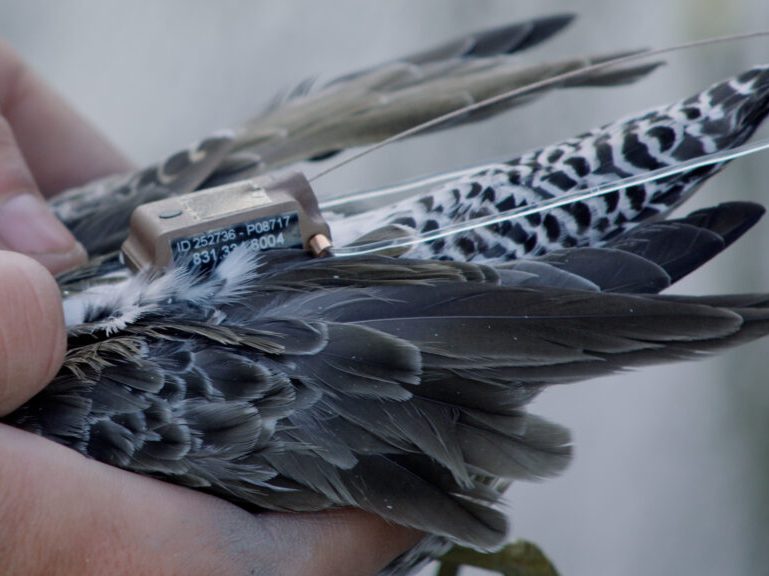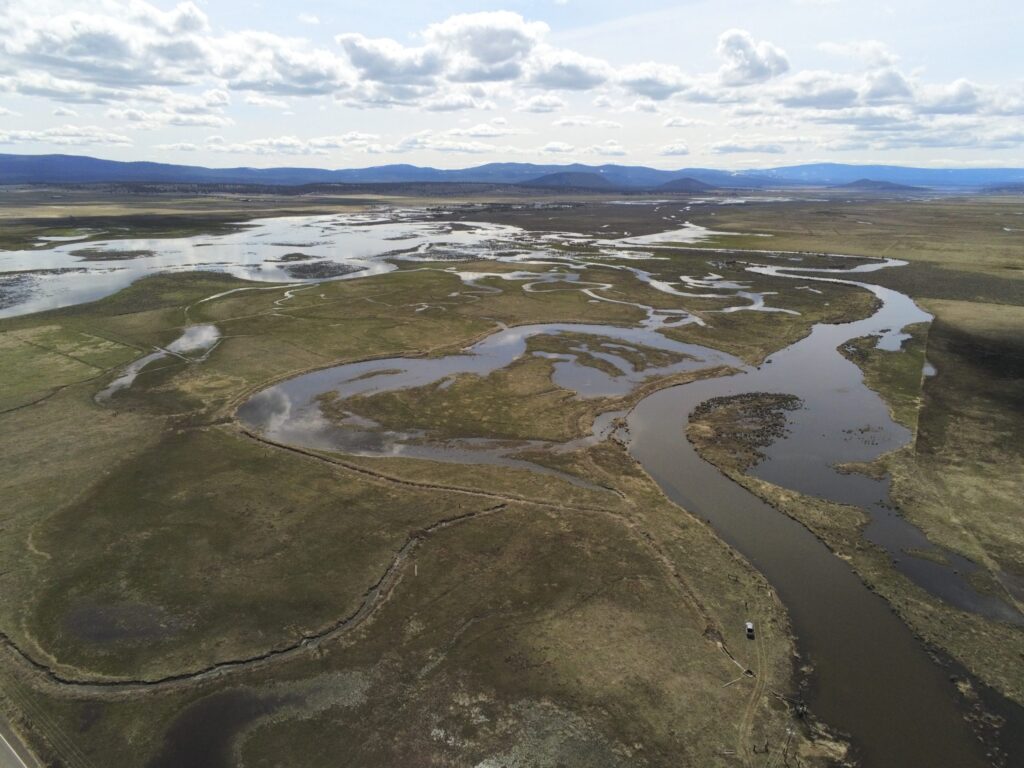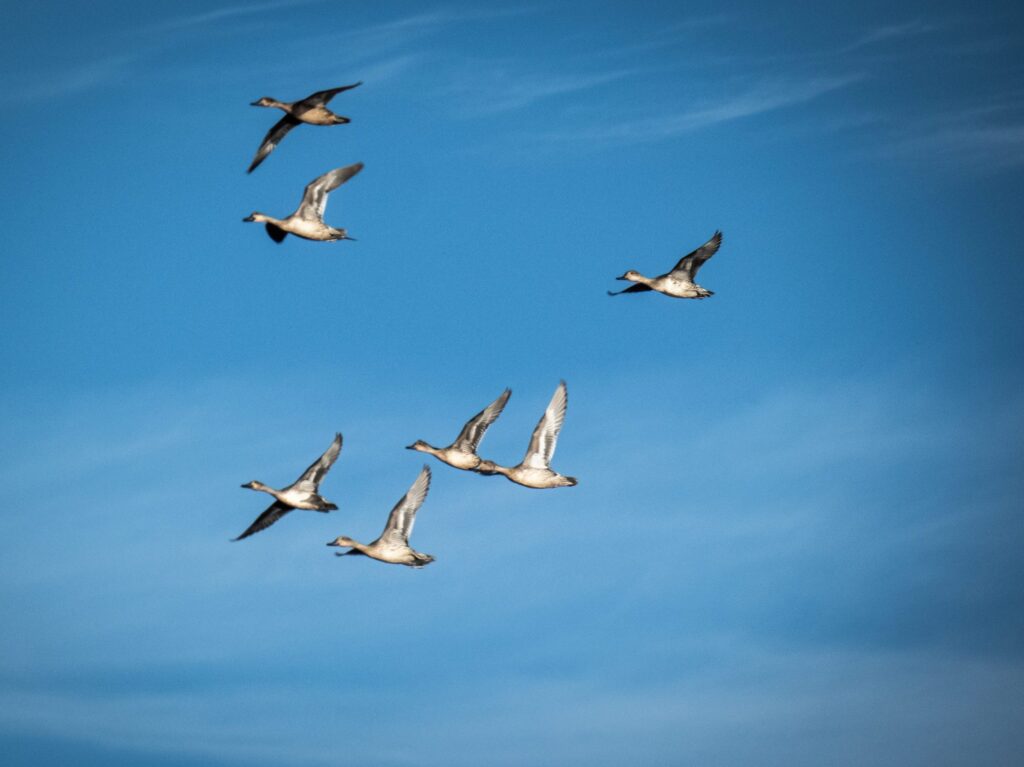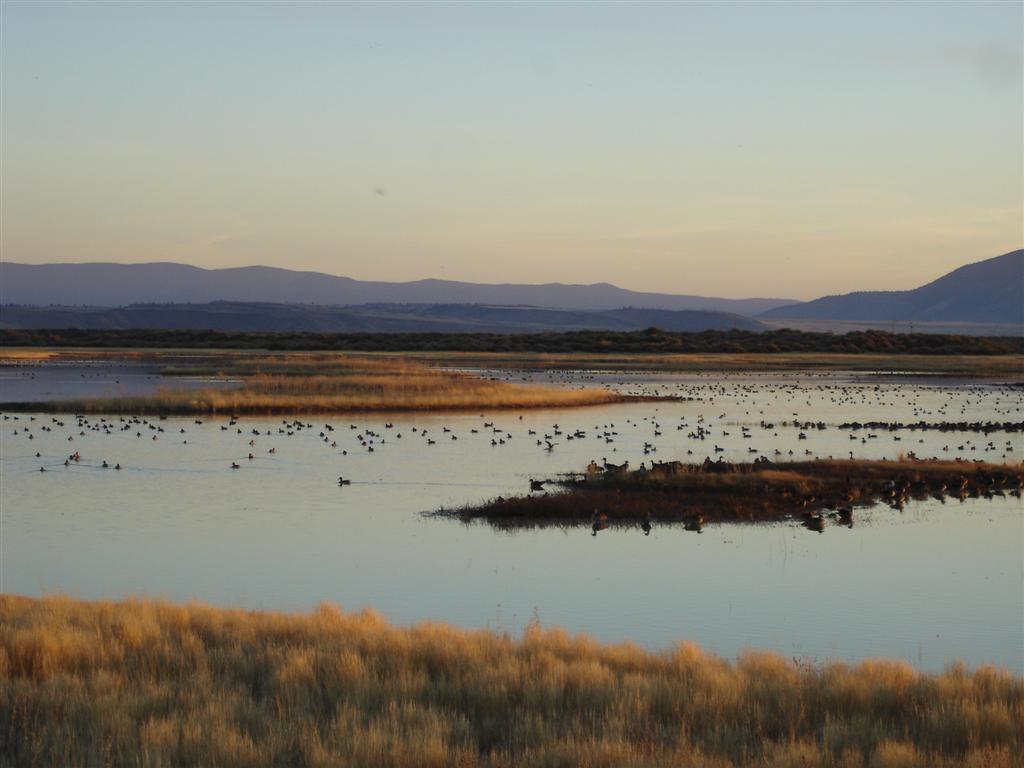The Klamath Basin was once the crown jewel of the Southern Oregon Northeastern California (SONEC) region, supporting sixty percent of the wetland-dependant birds that breed and migrate in the Pacific Flyway. This area once contained more than 450,000 acres of wetland habitat and supported robust populations of fish and wildlife species throughout the watershed, from migratory waterbirds and salmon to threatened and endangered species such as the Oregon spotted frog, Lost River sucker, and shortnose sucker. Since the turn of the 20th century, 95 percent of these wetlands have been lost. Today, much of the Upper Klamath Basin is experiencing severe desertification and is changing downstream river flows. Wetlands, despite their importance to the watershed hydrology, are the most impacted portion of the ecosystem. Restoring functional wetland ecosystems in the Klamath Basin will restore valuable services provided by wetlands, like ecological resiliency, water security, water quality, and connected waterscapes for both wildlife and people.
This exciting new film from Point Blue Conservation Science and the Migratory Bird Conservation Partnership highlights the importance of wetland conservation in the Klamath Basin (and features the IWJV’s SONEC Conservation Delivery Coordinator, Ed Contreras). Watch the film below and then learn more about Point Blue’s Long-billed Dowitcher research over at PointBlue.org.



